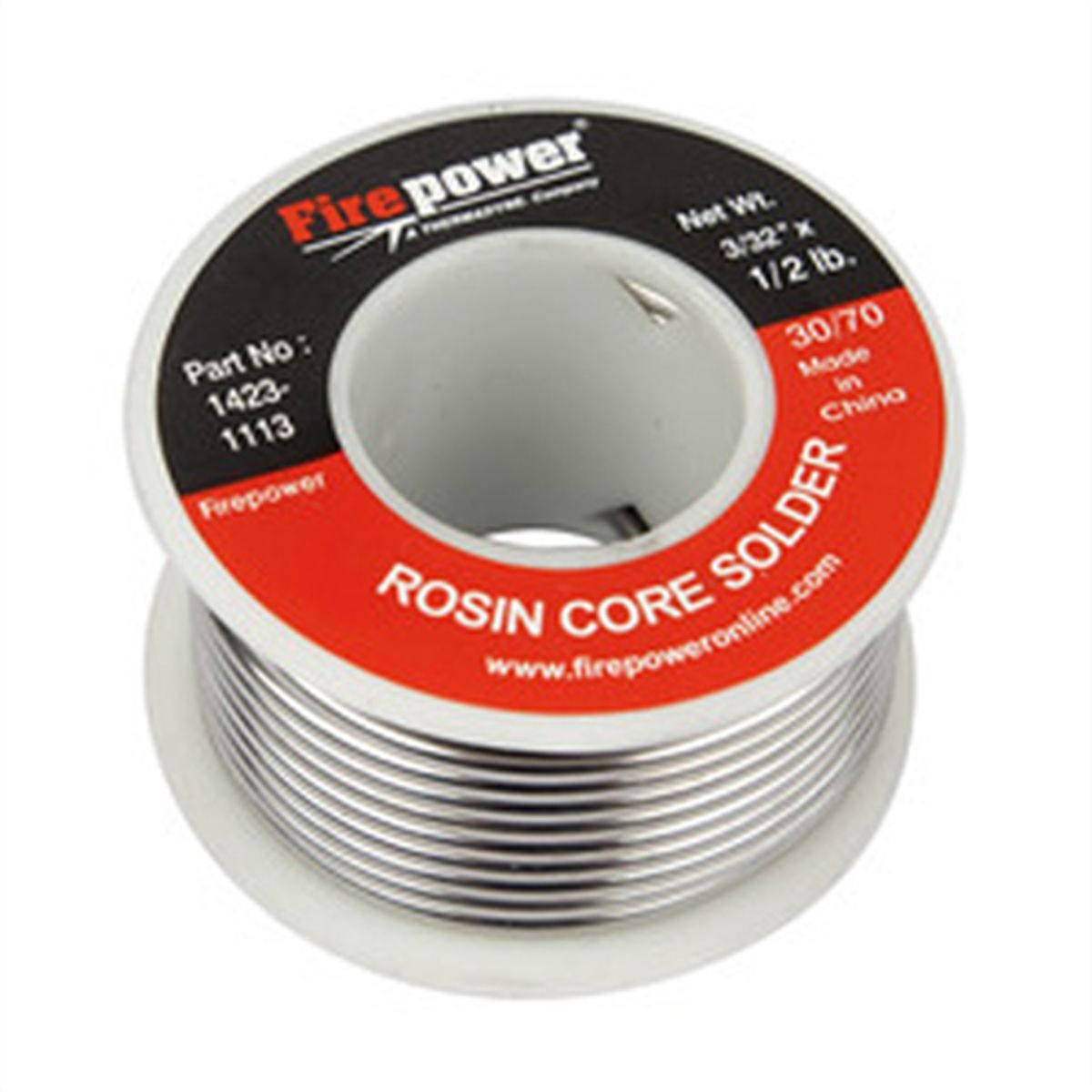
Low Residue or No- clean Flux and Solder Pasteįig 2: A close-up view of an engineer soldering As a result, it's the best choice for soldering surfaces that are hard to clean. The RA fluxes are intense and have the best cleaning capacity among the rosin fluxes. Additionally, they're better for cleaning higher-containment leads for electronic components, PCBs, and general use cables. The RMA fluxes are stronger cleaners than the R fluxes and are used to remove stubborn oxides. Therefore, they're more suited for soldering copper wires, PCBs, and semiconductor materials and surfaces. We can further divide the rosin flux into:įrom the name, this flux type is non-activated and suits cleaning weakly oxidized surfaces. However, modern rosin is mixed with other chemicals to improve its performance and durability. Rosin is an essential component of the soldering process and is found in its natural state in pine tree stumps. Here we're looking at four types of flux that you can use in your soldering processes. The Application of Different Types of Flux It improves the wetting ability of the solder, allowing it to flow smoothly over the surfaces without dewetting. Soldering flux is a cleaning agent used during soldering and desoldering to remove oxide films from metal surfaces. What is it? What is its use? At OurPCB, we've got answers to all that, but first, read on. Metal oxides reduce a metal's wetting ability making the solder ball up instead of spreading uniformly. And a significant problem with metallic surfaces is oxidation.

To get away from cleaning, many companies have shifted to no-clean flux, which will be the focus of my next column.About understanding soldering, Like any other electrical project, you'll need a clean surface before working on it. The fluxes described here require cleaning. However, without cleaning, assembly reliability may be compromised because the sticky rosin can attract dust and harmful contaminants in the field during service. R and RMA fluxes are not even cleaned in some applications even though they are not classified as no-clean. R and RMA types are generally noncorrosive, hence safe.

The various categories of rosin fluxes differ in the concentration of the activators (halide, organic acids, amino acids, etc.). Where RCO2H is rosin in the flux (C19H29COOH mentioned earlier)Īs mentioned earlier, rosin fluxes are also referred to as rosin (R), rosin mildly activated (RMA) and rosin activated (RA). The general formula for oxide removal by rosin is: In general, rosin fluxes are weak, and to improve their activity (fluxing action), the use of halide activators is required. This means that synthetic fluxes can be used at higher temperatures than rosin fluxes, because the former decompose at higher temperatures. A flux is not effective if it decomposes at soldering temperatures, however. A desirable flux should melt and become active slightly below the soldering temperature.

The melting point of rosin is 172☌ to 175☌ (342☏to 347☏), or just below the melting point of solder (183☌). This is the reason for using solvents, semiaqueous solvents or water with saponifiers to remove them. They are soluble in a variety of solvents but not water. They are naturally acidic (165 to 170 mg KOH per g equivalent). Rosin fluxes are inactive at room temperatures but become active when heated to soldering temperatures. Rosin flux is composed primarily of natural resin extracted from the oleoresin of pine trees and refined. Rosins contain several percent of unsaponifiable hydrocarbons for rosin flux removal, saponifiers (a form of alkaline chemical to make the water soapy) must be added. It consists mainly of abietic acid (70 to 85 percent, depending on the source) with 10 to 15 percent pimaric acids. The composition of rosin varies from batch to batch, but a general formula is C19H29COOH. Rosin or colophony is a natural product that is extracted from the stumps or bark of pine trees. The proper flux allows for proper solder flow and increased wetting of desired areas. Rosin Paste Fluxes are intended to be used to reduce solder balling, and bridging.


 0 kommentar(er)
0 kommentar(er)
